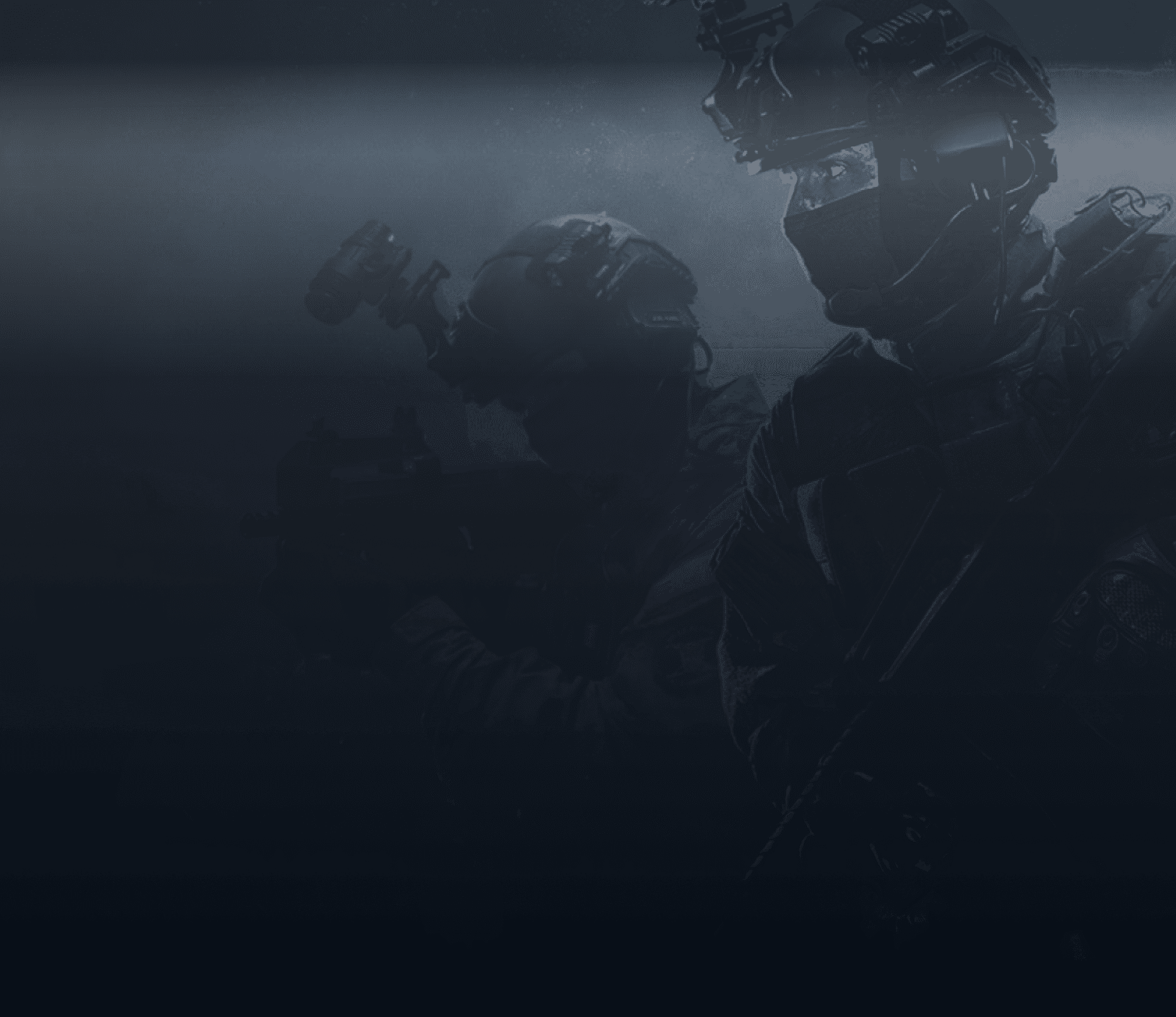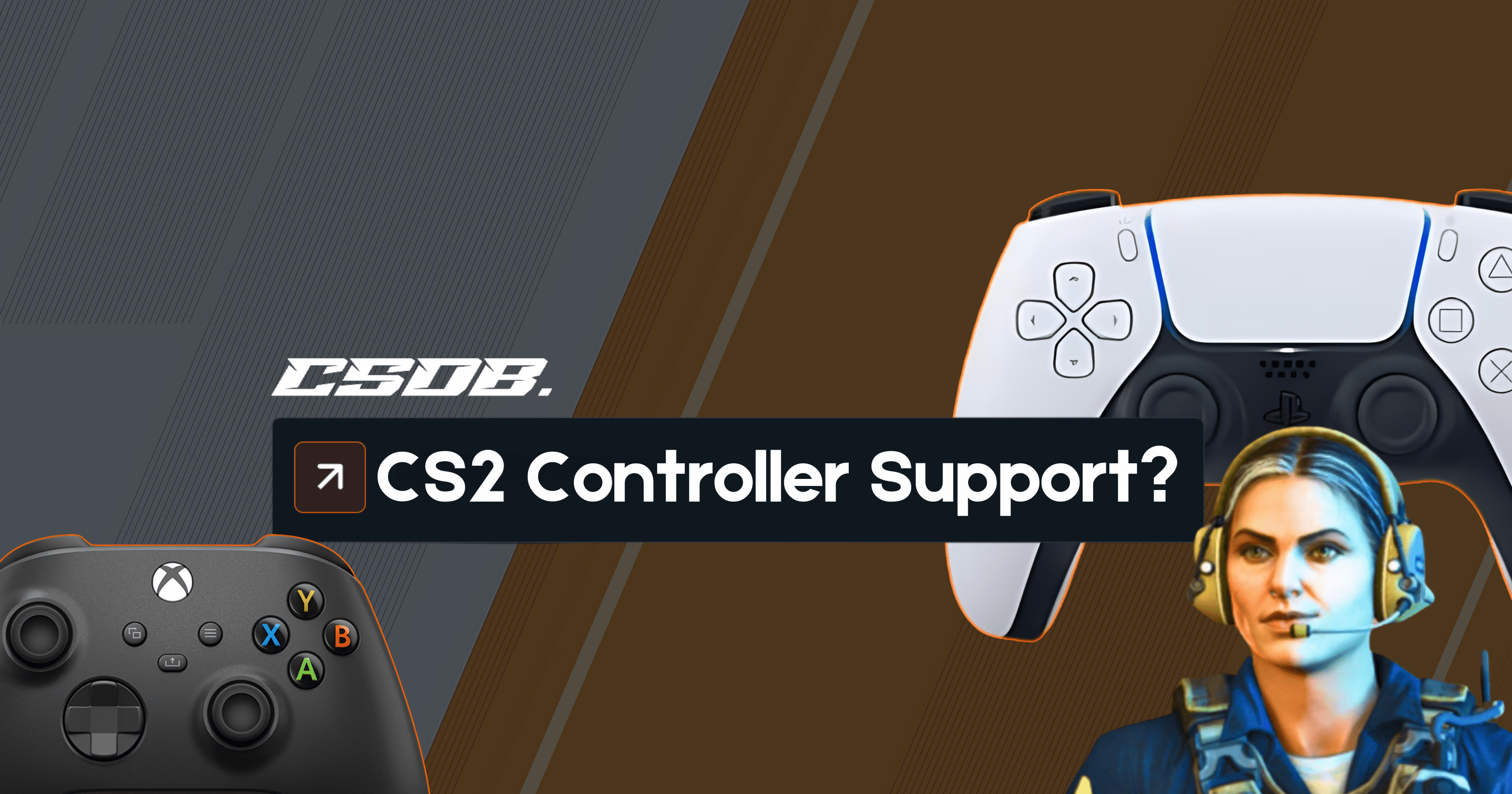Counter-Strike has been one of the world’s leading first-person shooters for over two decades. An iconic title in the world of computer gaming, it’s no surprise that its gameplay has always been tied to mouse and keyboard input, which is generally preferred in the FPS genre due to the precision it offers. But what if you’re more comfortable using a controller? Is it even possible to play CS with a controller given that, these days, Counter-Strike 2 cannot be played online on major consoles such as the PlayStation and Xbox? The short answer is yes, but the experience is quite different from the traditional mouse-and-keyboard approach.
Mouse and Keyboard vs. Controller in FPS Games
Before exploring CS’s controller compatibility, it’s essential to understand the context surrounding input devices in FPS games. In most competitive first-person shooters, particularly on PC, the mouse and keyboard are seen as superior due to the high degree of precision a mouse offers when aiming and tracking targets. The combination of a mouse for aiming and a keyboard for movement and actions provides a high level of control, which is especially important in a game like CS, where split-second reactions can be the difference between victory and defeat.
Controllers, on the other hand, are the primary input method for FPS games on consoles. While they offer a more relaxed, ergonomic experience, the analog stick’s slower and less accurate aiming compared to a mouse has been a subject of debate for years. To compensate, most console shooters such as Call of Duty or Tom Clancy’s Rainbow Six: Siege implement aim-assist features that help players lock onto targets, bridging the gap between controllers and mouse/keyboard setups.
CS, being a PC-focused game, was designed with the mouse and keyboard in mind. However, it does have controller support, though it’s not officially optimized for competitive play.
Can You Use a Controller to Play CS?
Yes, CS is compatible with controllers. Whether you’re using an Xbox, PlayStation, or any other USB-enabled controller, the game will recognize it. Valve’s Steam platform offers native support for a wide range of controllers, meaning that once your controller is plugged in, CS will detect it, and you can play with it immediately.
Here’s how you can set up a controller to play CS:GO:
- Connect Your Controller: Plug your controller into a USB port or connect wirelessly if supported.
- Launch Steam’s Big Picture Mode: Steam’s Big Picture mode is designed to optimize controller use for any game. While you can use a controller without entering Big Picture mode, this interface provides easier access to controller settings.
- Configure Controller Settings: Go to the “Settings” menu in Big Picture mode and select “Controller Settings.” Here, you can choose which type of controller you’re using and adjust specific mappings and sensitivity.
- Adjust In-Game Settings: Once in CS, go to the game’s settings menu and select the “Controller” tab. You can configure buttons, adjust aim sensitivity, and set up various other gameplay preferences.
With your controller configured, you can now play CS. Sometimes though, external applications such as DS4Windows are required for the controller to run properly through one’s PC.
The Challenges of Using a Controller in CS
1. Lack of Aim Assist
One of the most significant challenges of using a controller in CS is the absence of aim assist. In console FPS games like Call of Duty or Apex Legends, aim assist subtly helps players by slightly slowing the reticle over targets or making it easier to track moving opponents. CS, being a competitive PC shooter, does not include aim assist when using a controller, meaning your aim must be entirely manual. This presents a significant disadvantage against players using a mouse, who have much finer control over their crosshairs. Attempting to install aim assist in Counter-Strike would result in a ban as it is illegal regardless of choice of peripherals.
2. Reduced Precision
Analog sticks on controllers inherently lack the precision of a mouse. In CS, where millimeter adjustments can determine the outcome of a gunfight, this lack of precision makes it much harder to compete against mouse-and-keyboard players. Flick shots, precise headshots, and long-range engagements are all more difficult with a controller.
This reduction in precision is especially noticeable in Counter-Strike’s competitive scene, where players often engage in duels from long distances or need to quickly react to opponents in close quarters. Without aim assist or the fine-tuned control of a mouse, it’s hard for controller players to keep up with their keyboard-and-mouse counterparts.
3. Movement Limitations
While analog sticks offer more nuanced control over movement speed compared to a keyboard, they also limit the speed and precision with which you can execute more complex movements. In CS, movements like strafing, crouching, and peeking around corners are crucial. These actions are generally more fluid and faster with a keyboard than with a controller.
Additionally, certain advanced movement techniques in CS, such as bunny hopping or quick strafing, are extremely difficult to execute on a controller.
4. Complexity of Keybinds
CS relies heavily on multiple keybinds for different actions, from buying weapons and switching between grenades to crouching, jumping, and interacting with the environment. Controllers have fewer buttons than a keyboard, which forces players to either compromise by mapping multiple actions to the same button or forgo certain keybindings altogether.
This can create inefficiencies in gameplay. For example, while a keyboard player might have a dedicated key for every grenade type, a controller player may need to cycle through grenades using the D-pad, wasting valuable time.
Advantages of Using a Controller
Despite these limitations, there are some advantages to using a controller in CS, although they are generally more applicable to casual or less competitive gameplay scenarios.
1. Comfort
Controllers are ergonomically designed to be held comfortably for long periods, making them ideal for casual gaming sessions. While a mouse and keyboard might offer better precision, some players may find the physical comfort of using a controller more appealing, particularly for extended play.
2. Familiarity for Console Players
Many players who come from a console gaming background may already be accustomed to using controllers in FPS games. For these players, transitioning to a mouse and keyboard may be uncomfortable or require a learning curve. In such cases, sticking with a controller may be the more intuitive choice, especially for non-competitive play.
3. Local Play or Couch Gaming
If you’re playing CS casually with friends on a couch setup, a controller is much easier to use than a mouse and keyboard in such environments. Additionally, if you’re using a Steam Link or similar setup to play CS on a TV, a controller may offer a better overall experience due to its wireless and compact nature.
4. Alternative Playstyles
Though rare, some players enjoy the challenge of mastering a controller in a game that was not built for it. In some niche communities, players experiment with using a controller to test their skills and adaptability. While this won’t make you competitive at higher ranks, it can provide a unique and satisfying challenge for those looking for something different.
Can You Be Competitive With a Controller?
Given the significant disadvantages discussed earlier, it’s difficult to recommend using a controller if your primary goal is to be competitive in CS. Even at lower skill ranks, mouse-and-keyboard players will have a significant advantage due to the lack of aim assist and the superior precision offered by a mouse.
At the highest levels of competitive CS play, where every millisecond counts and players’ mechanical skills are near perfect, using a controller would be an insurmountable disadvantage. The precise aiming and fast reaction times required in professional-level CS are simply not feasible with a controller, and there’s no aim assist to level the playing field.
That said, some players may still enjoy playing with a controller in casual modes, particularly if they are not overly concerned with performance. In these modes, where the stakes are lower, a controller may provide a more relaxed and enjoyable experience.
Valve’s Stance on Controllers in CS
While Valve has implemented controller support in CS, the game was clearly designed with a mouse and keyboard in mind. The lack of aim assist, the complexity of keybinds, and the general movement and aiming mechanics suggest that controllers were added more as an option for casual players or those who might be using a Steam Link setup.
Valve has not shown any indication that they plan to introduce features like aim assist to level the playing field for controller users. In fact, doing so could disrupt the balance of competitive play, where precision and skill are paramount.
While it is technically possible to play CS with a controller, it is not the most practical or competitive option. The lack of aim assist, reduced precision, and movement limitations all contribute to a suboptimal experience, especially in a game where precision and fast reactions are essential.
For casual play, however, a controller may be a fun and comfortable option, especially for players coming from a console background or those playing in a couch-gaming setup. But if your goal is to climb the competitive ranks or play at a high skill level, the mouse and keyboard remain the best tools for the job in CS. Ultimately, whether you choose to use a controller or a mouse and keyboard depends on your goals in the game. If comfort and familiarity are your primary concerns, a controller might be worth trying especially if coming from a long history of console gaming. But if you’re aiming for peak performance and competitiveness, sticking with the traditional mouse-and-keyboard setup is the way to go.




